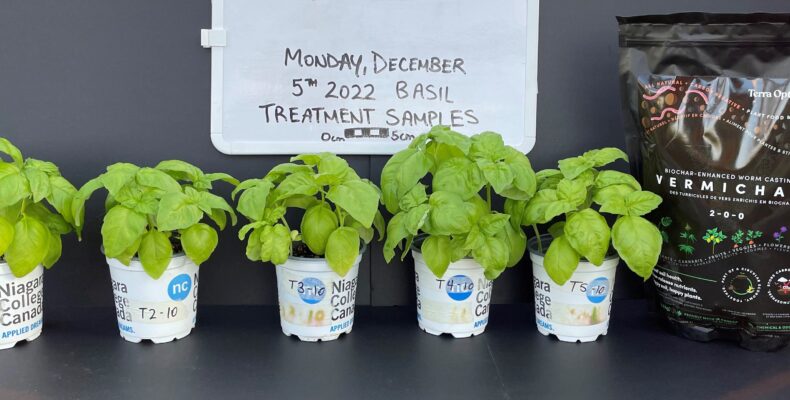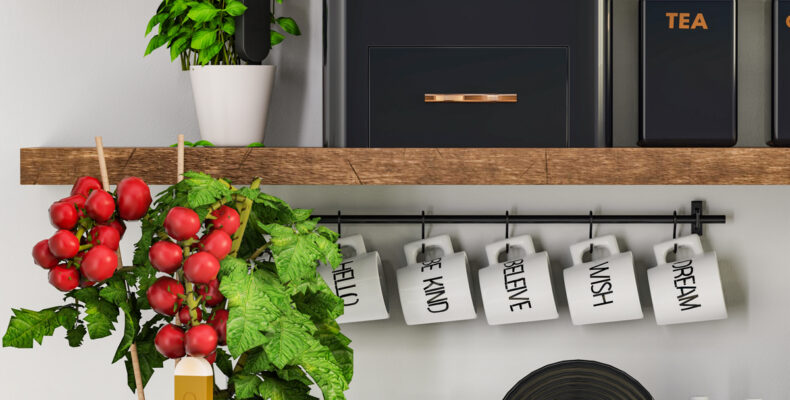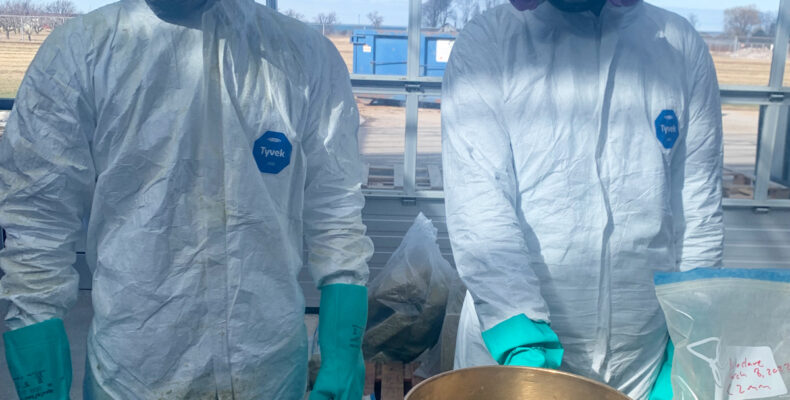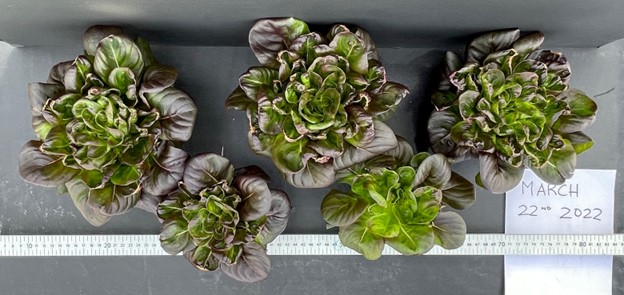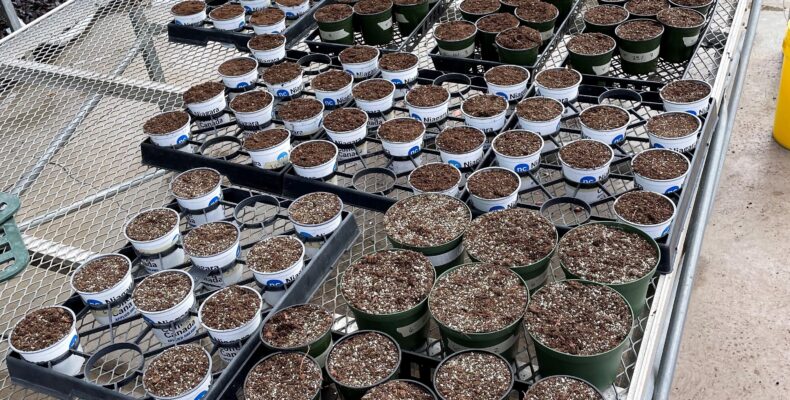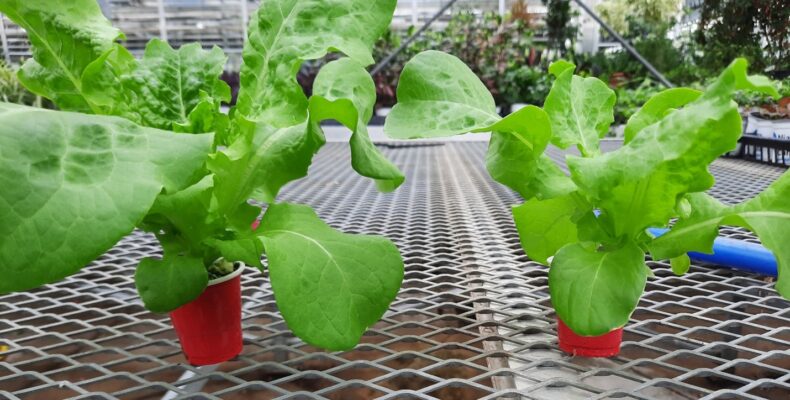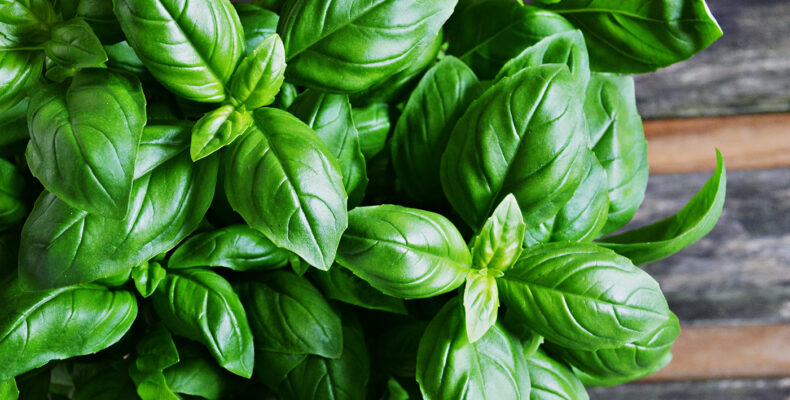While orchids are commonly grown in bark-based substrates, New Pao Tau is taking an innovative approach by using newer substrates with better water holding and release capacity than the typical bark-based substrates. Vineland Research and Innovation was able to take on this research project to help Michael and the New Pao Tau team identify the substrate best suited for the consumer market and find a solution that would result in increased customer satisfaction.
New Pao Tau is growing research-backed orchids for the masses



